DOLBY ATMOS: FROM CINEMA TO MUSIC
When I first discovered the architecture of Dolby Atmos, possibilities opened up that had definitively changed the way we conceive sound. It wasn’t simply an evolution of 5.1 or 7.1, but a paradigm shift: moving from a channel-based mix to an object-based mix.
In this post, I want to share part of that journey that takes us from the first implementations of Atmos in cinema to its consolidation process as a standard in music.
THE CINEMATOGRAPHIC ORIGINS OF ATMOS
Dolby Atmos was introduced by Dolby Laboratories in 2012. Its official debut was in the Disney/Pixar animated film Brave, and from the beginning, it aimed at something that until then seemed impossible: representing individual sound objects in a three-dimensional space, regardless of the fixed channels. This meant that a sound could be positioned anywhere in the sound field, move freely, and adapt to any speaker configuration. The system could map the audio for movie theaters with 64 speakers or for a home theater setup at home.
That flexibility was a revolution in itself. It was no longer just about panning sounds from left to right or from front to back. With Atmos, we could think of a real verticality: sounds that float over the viewer’s head, that go down, rotate, envelop. The experience became architectural.
FROM CINEMA TO MUSIC
For several years, Atmos remained in the domain of cinema and video games. But towards 2019, we began to see a change. Universal Music Group announced an alliance with Dolby to mix and remaster part of its catalog in Atmos Music. Simultaneously, Apple Music and TIDAL began to experiment with the reproduction of immersive content on their platforms. It was the beginning of something much bigger.
What Atmos allowed in music was fundamental: for the first time, you could design a mix where each element (a voice, a synthesizer, a beat, a guitar) was an object that was freely located in space. This opened up enormous creative possibilities. Some artists understood this very quickly. I remember listening to the Atmos version of Billie Eilish’s album Happier Than Ever or 3-D by Kraftwerk, which to this day remains one of the projects that I consider best developed in this environment.
The standard chunk of Lorem Ipsum used since the 1500s is reproduced below for those interested. Sections 1.10.32 and 1.10.33 from “de Finibus Bonorum et Malorum” by Cicero are also reproduced in their exact original form, accompanied by English versions from the 1914 translation by H. Rackham.
PIONEERING ARTISTS AND TRANSFORMATIVE EXPERIENCES
Billie Eilish was one of the first mainstream artists to release a full album in Atmos. But she was not the only one. Pink Floyd, The Beatles, The Weeknd, and Ariana Grande have worked on immersive mixes that drastically expand the sound field. In the experimental world, artists like Björk and Arca have taken these ideas much further, designing complete performances designed for immersive environments.
In the case of Björk, her show Cornucopia not only used a multichannel sound system but the musical narrative was deeply intertwined with the spatial movement of the sounds. It was not an aesthetic mix: it was part of the content.
THE EVOLUTION OF THE ATMOS ECOSYSTEM
Today, Atmos is not exclusive to cinema or large venues. The ecosystem has expanded rapidly. Apple Music offers thousands of albums in Dolby Atmos, and manufacturers such as Sonos, LG, Samsung, Sennheiser, Audi, Volvo, Mercedes-Benz, among others, have integrated compatibility with the format in soundbars, headphones, televisions, and even audio systems in automobiles. After all, we are moving towards cars becoming increasingly autonomous and where the entertainment experience will be key, interesting to travel without having to worry about driving and enjoying an album or even a movie in these formats, right?
From the point of view of production, the tools are increasingly accessible. DAWs like Logic Pro, Pro Tools, and Nuendo allow mixing directly in Atmos. The Dolby Atmos Renderer has become a central piece of the workflow, and companies like Sound Particles with their panners and their first “spatial Synth” or plugins like the Cinematic Rooms reverbs from LiquidSonics have been designed with these expanded architectures in mind.
In my opinion, the transition of Dolby Atmos from cinema to music has not been a forced adaptation. It has been a natural extension of a technology that came to respond to a need: that of inhabiting sound. As a producer, engineer, or artist, Atmos represents a real possibility of designing experiences that are no longer just heard, but lived entirely. And that, I think, marks a before and after in the history of audio. Let’s see where we are headed…
Christopher Manhey.-
